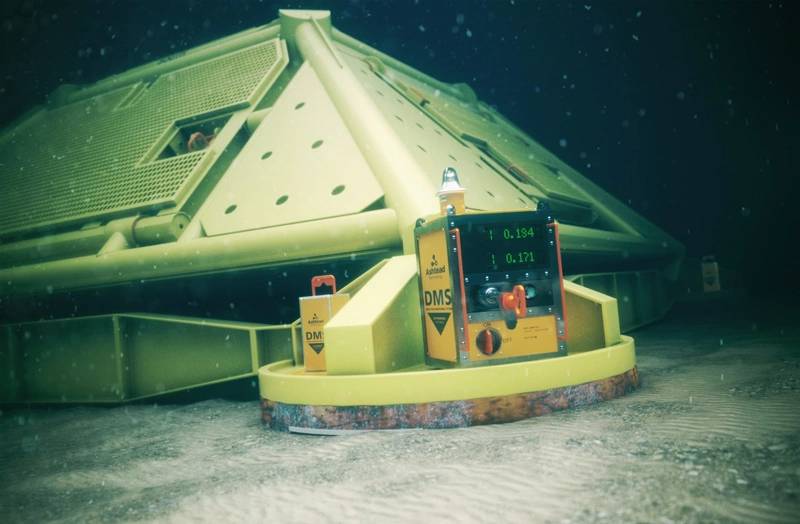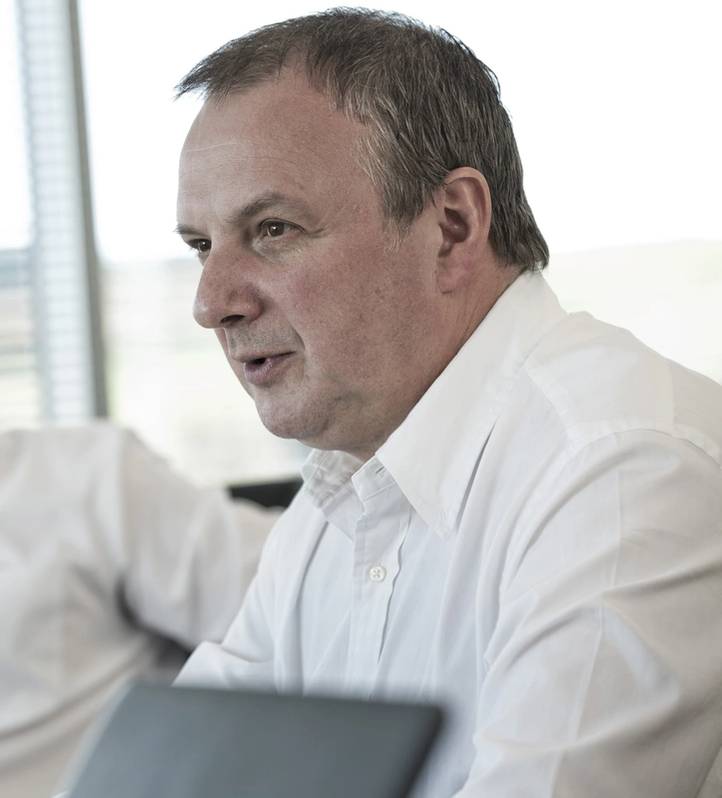
As the global energy industry enters a period of increased offshore deepwater exploration driven by economic viability, the demand for international underwater monitoring services looks set to strengthen into the new decade. According to a report from TechSci Research1, the value of global underwater monitoring services for the oil and gas sector is projected to grow from around $1billion in 2018 to $1.8billion by 2024.
With an increasing focus on improving efficiencies throughout the global energy sector, the installation of subsea structures on the seabed can pose complex and costly challenges if handled incorrectly. It is essential that installation work is completed thoroughly and quickly, due not only to the harsh conditions which equipment can face, but also to the traditionally high financial costs of having installation vessels on site. In order to overcome these considerable safety, logistical and financial challenges, it is crucial that the positioning and monitoring of vast subsea structures can be tracked in real time. Global subsea equipment solutions specialist Ashtead Technology has developed technology suitable for subsea installation monitoring, which was successfully deployed for two major projects in the North Sea.
First carbon capture and storage project for Ashtead Technology’s DMS
Developed by Equinor in partnership with Shell and Total, the Northern Lights project is the first of its kind in the North Sea and aims to securely collect and transmit CO₂ from onshore sources and store this under the seabed. The project is part of Norway’s full-scale carbon capture and storage (CCS) programme, which includes capture of CO₂ from industrial sources in the Oslo-fjord region (including cement and waste-to-energy) and subsequent shipping of liquid CO₂ to an onshore terminal on the Norwegian west coast. From there, the liquified CO₂ is transported via pipeline to an offshore storage location subsea in the North Sea for permanent storage. The CCS project is instrumental in helping to reduce CO₂ emissions and is a step towards the European Union’s efforts to limit global warming to 1.5°C above pre-industrial levels.
It marks the first occasion Ashtead Technology has been involved in a CCS programme, providing a leading subsea services company with its integrated Deflection Monitoring System (DMS) - a suite of structural monitoring systems to assist offshore construction and inspection, maintenance and repair operations. Using the DMS, the company’s personnel and equipment successfully monitored the installation of an Integrated Satellite Structure (ISS).
During the placement of the structure, the DMS system was configured for autonomous independent operations, communicating data to one of the installation’s ROVs. Advanced positioning tools and measuring sensors enhanced the accuracy of the data collected, ensuring the reliability of the data.
The Northern Lights project is a result of the Norwegian government’s ambition to develop a full-scale CCS value chain in the country by 2024. As part of this ambition, the Norwegian government issued feasibility studies on capture, transport and storage solutions in 2016, helping to justify the eventual realisation of a full-scale CCS project.
Multiple solutions will be required to reach international emissions reductions targets for CO₂ and, although more imaginative alternatives have come forward over the last few years, CCS appears to be one of few effective, large-scale options at the time of writing.
 Photo: AshteadDMS for offshore operations and communications
Photo: AshteadDMS for offshore operations and communications
In September last year, Ashtead Technology completed a two-part subsea installation monitoring project for client Ocean Installer AS in the Northern Norwegian Sea. The company supplied its DMS to monitor the installation of 15 Integrated Template Structures (ITS) in total, located in Equinor’s Askeladd and Johan Castberg fields.
Combining powerful software with modular technology, the DMS was deployed alongside supporting technicians over the two phases. The first project for nine ITS was completed within just 25 days, resulting in significant cost efficiencies for Ocean Installer – so much so that the contract was extended into this year for the remaining six.
The suite of products which together make up the company’s DMS are used to monitor structural deflection in assets such as manifolds, templates, PLETs, rigid jumpers and TLP tendons.
During the installation process for Ocean Installer, the DMS calculated and logged structural deflection, heading, pitch, roll, depth and suction pile differential pressures in real-time. This instantaneous method of monitoring is essential during the placement of suction pile-based subsea structures, as it ensures any issues can be rectified immediately before there is any risk of damage or unsafe situations occurring.
Ashtead Technology provides the DMS, which are bespoke and scalable to the needs of any project, with a proven track record around the world. User-friendly graphical software allows for easy interpretation of data, with final analysis of data performed offshore. Combining remote communications systems with responsive technology has allowed the DMS to create a lower CAPEX environment while still preserving the highest level of project support.
In addition, the real-time analysis of data from onshore positions reduces the logistical and personal risks involved in a project of this nature. As less personnel are required to be transported offshore, the inherent dangers of working in a hazardous environment are limited to only essential staff.
Solutions for challenging seabed terrain
During the first Ocean Installer project, the four suction piles of the ITS were lowered and installed on the seabed in turn. This posed a risk that the structure would twist, thus leading to potential stress and integrity issues. To counteract this, the suction piles on each ITS were used to control the descent into the seabed and minimise any out of plane bending. The suction piles themselves ensure stability of the structure in the challenging seabed of the Norwegian Continental Shelf, where the seabed terrain often shifts.
Using the powerful suite of software elements within the DMS, Ashtead Technology’s technicians kept a close eye on out of plane deflection, structure level and differential pressures within each suction can. This ensured structural integrity was maintained during installation and the structure was installed within engineering tolerances.
During the placement of the other structures, the DMS was configured for autonomous independent operation, communicating data to one of the installation’s ROVs. Measurement sensors and positioning tools were used to enhance the accuracy of the data collected, ensuring maximum performance of the DMS and, once the installation was complete, all equipment was removed via ROV for topside inspection, with data transferred to and interpreted by the offshore team.
The DMS technology has proved invaluable for the safe and efficient installation of ITS during the two projects. With onboard field engineer support, real-time information software and multiple display options, the team were able to continuously react to the changing conditions during operations, with the system proving to be both robust and accurate.
Conclusion
Precision is key in the installation of any subsea structure to ensure it operates to its full potential. However, operating in harsh underwater environments with deep water and strong currents, such as those found in the North Sea, can make data gathering both difficult and time-consuming.
Combining modern technology and intelligent software solutions, the DMS is a reliable antidote to the challenges of structural monitoring in harsh underwater environments. These two projects demonstrate that the company’s DMS can be quickly mobilized, enabling critical operations to be completed safely with straightforward access to onshore support.
 Ross MacLeod, the Author
Ross MacLeod, the Author
About the author
Ross MacLeod has over 35 years’ experience in subsea survey/monitoring and ROV inspection. As Technical Director, he leads an in-house solutions team in developing new technologies.
1 - https://www.reportlinker.com/p05829188/Global-Underwater-Monitoring-For-Oil-Gas-Market-By-Product-By-Communication-Method-By-Subsea-Sensor-By-Monitoring-System-By-Region-Competition-Forecast-Opportunities.html?utm_source=PRN